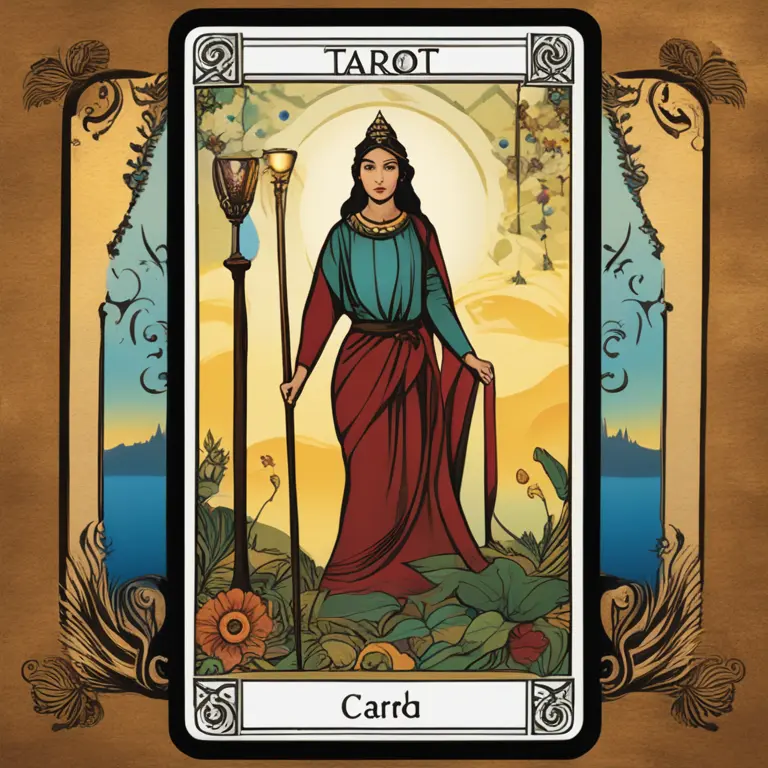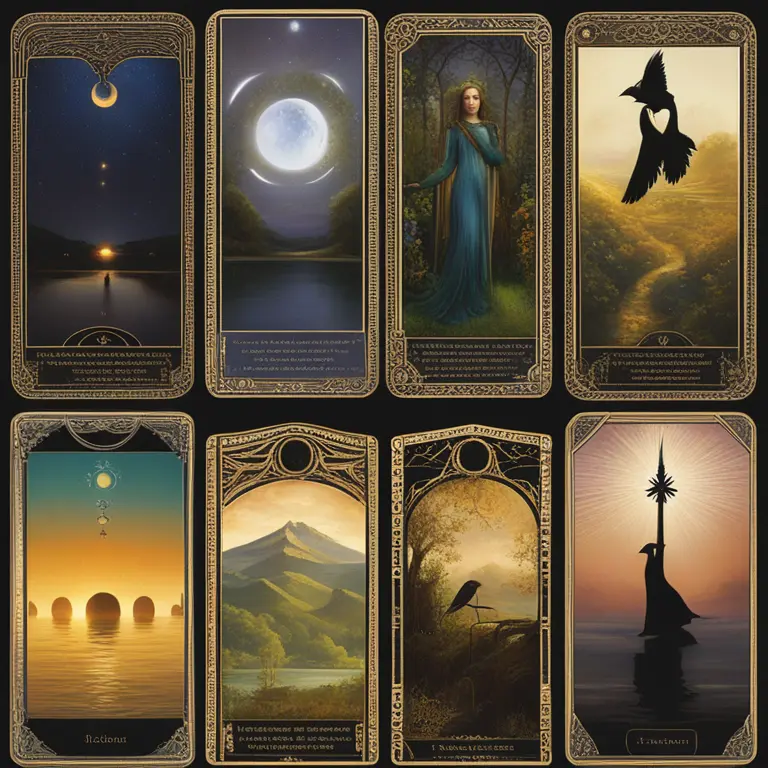
Introduction to Tarot
Tarot cards are a centuries-old tool used for personal insight, reflection, and, as some believe, forecasting the future. The deck, typically consisting of 78 cards, is divided into the Major Arcana and Minor Arcana, each illustrating various symbols and archetypes. These powerful symbols are interpreted by readers to provide guidance and understanding. While some view tarot as a form of entertainment, others place great significance in the messages the cards reveal, often turning to tarot readings during periods of uncertainty or decision-making.

The Controversy of Prediction
The ability of tarot cards to predict the future remains a contentious subject. Skeptics argue that the future is not set in stone and that life's complexity can't be distilled into a series of card images. In contrast, proponents of tarot suggest that the cards tap into a universal consciousness or a higher spiritual guidance, thereby providing a glimpse into possible future outcomes. However, most tarot readers emphasize that the cards offer a reflection of current energies and patterns, inviting an understanding of potential trajectories rather than certainties.

Interpreting the Messages of Tarot
Tarot readings primarily focus on the present—your thoughts, emotions, and the circumstances that are shaping your life today. In doing so, they may illuminate possible future events by examining the trajectory that these current factors are likely to create. It’s akin to predicting weather patterns based on prevailing conditions. A tarot reading doesn’t create your future but might suggest how current paths could evolve if they continue unaltered, thus empowering you with insight to make conscious decisions that could change these potential outcomes.

Understanding Limitations and Possibilities
The predictive power of tarot also depends on the interpretation by the reader and the energy of the person receiving the reading. The cards are reliant on intuition for their interpretation, and readings are highly personalized experiences. It's not uncommon for two readers to draw the same card and interpret it differently based on the energy they perceive. This subjectivity is why tarot is often suggested as a tool for personal guidance rather than a definitive reveal of the future.
Empowerment through Readings
Rather than solely focusing on predicting what will happen, tarot can be used as a tool for empowerment. By highlighting aspects of your life that may need attention or change, tarot helps to stimulate self-reflection and proactive decision-making. It’s in this introspective process where the true value of tarot lies—providing clarity and encouraging individuals to take control of their destinies, creating the future rather than passively awaiting it.
Tarot in 2024 and Beyond
As we look ahead to the evolving landscape of 2024 and beyond, many seek guidance from various sources, including astrology and tarot, to navigate the uncertainties of the future. Tarot's symbolic language transcends the boundaries of time, and while it may not offer clear-cut predictions, it can provide a sense of direction and peace amidst the ever-changing tides of life. Whether or not one believes in the predictive power of tarot, its endurance as a form of self-exploration and reflection is set to continue far into the future.
Published: 1/17/2024
Modified: 1/17/2024
More predictions
Come back here soon to learn more about yourself and your future


The Depths of Astrology Houses: A Comprehensive Guide
Delve into the meanings of astrology houses and how they influence your astrological profile. Learn about each house's significance and its impact on life's various aspects.


The Guide to Astrology Houses and Their Rulers
Discover the significance of astrology houses and their ruling planets in this comprehensive guide to the foundations of astrological interpretation.


Top Astrological Houses for Personal Insight
Discover how the best houses in astrology provide deep personal insights and influence key areas of your life in this comprehensive guide.